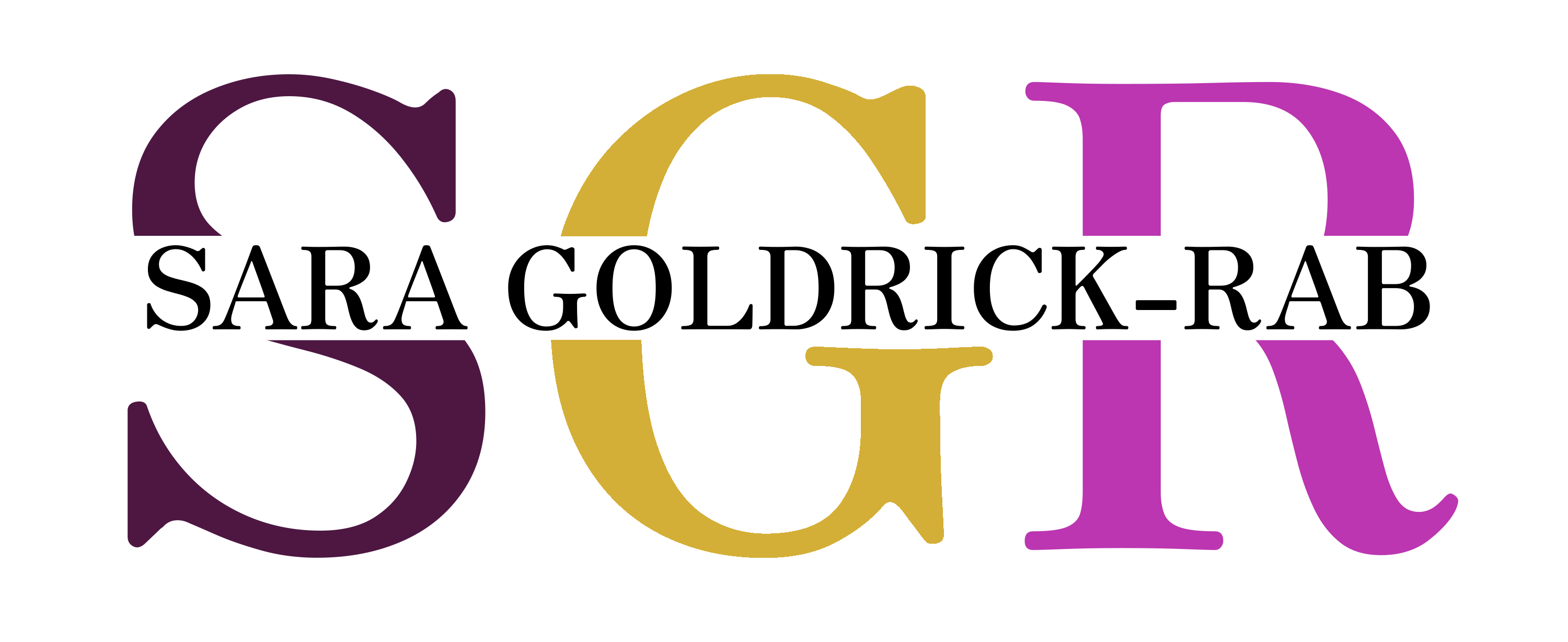Document Tag: SNAP
Filling the Gap: CalFresh Eligibility Among University of California and California Community College Students (2024)
Food insecurity is widespread among college students in the United States. Food benefits
delivered through the CalFresh program, California’s version of the federal Supplemental
Nutrition Assistance Program (SNAP), can reduce hunger by helping students pay for
groceries, but may not reach all eligible students. To date, higher education systems have
lacked good estimates of the share of their students who are eligible for CalFresh and the
share who actually receive benefits.
To address this information gap, the California Policy
Lab (CPL) partnered with the California Community College (CCC) Chancellor’s Office,
the University of California Office of the President (UCOP), the California Department
of Social Services (CDSS), and the California Student Aid Commission (CSAC) to build a
linked database of student-level administrative data on college enrollment, financial aid, and
CalFresh participation. This database covers all students enrolled at CCC or UC campuses
from academic years 2010–11 through 2021–22, along with corresponding FAFSA
submissions and CalFresh participation. Using these data, we are able to measure how
many college students are likely eligible for CalFresh, and of those how many participate.
Connecting College Students with Public Benefits Programs (2024)
Colleges and universities can support their most at-risk
students by providing pre-screening and application
assistance for public benefits as a campus resource.
Benefits coordination can have a big impact, but this type
of basic needs program is relatively rare: a recent analysis
of nearly 450 postsecondary institutions found that only
18 percent offered public benefits access facilitation.
This toolkit outlines key steps that institutions can take
to support their students in accessing public benefits.
Food Fuels Futures: Expanded SNAP Eligibility Reduces Hunger Among College Students (2024)
In response to the COVID-19 pandemic, the U.S. Secretary of Health and Human Services declared and continually
renewed the federal Public Health Emergency (PHE) declaration starting in March 2020. Congress and the Trump and Biden administrations authorized various adjustments in SNAP to address the massive economic and health crisis caused by the COVID-19 pandemic. In December 2020, during the PHE, Congress authorized two additional exemptions for college students, as well as other SNAP enhancements through the Consolidated Appropriations Act of 2021.5 SNAP eligibility was expanded to college students with low incomes who were eligible for work-study or had an expected family contribution (EFC) of $0 in the current academic year. These exemptions expired after the end of the PHE on July 1, 2023, meaning that students who met either of these criteria were no longer eligible for SNAP unless they satisfied another exemption or the work-to-eat rule. This report — informed by interviews with college students — sets forth reasons why these expansions were so vital to college students during the PHE and why decision-makers should build on these lessons and eliminate the “work-to-eat
rule” so that more college students can focus on learning rather than being distracted by hunger. Additionally, although the temporary expansions have ended, there is legislation, known as the Enhance Access to SNAP (EATS) Act, which would ensure all students with low incomes facing food insecurity could access SNAP.
